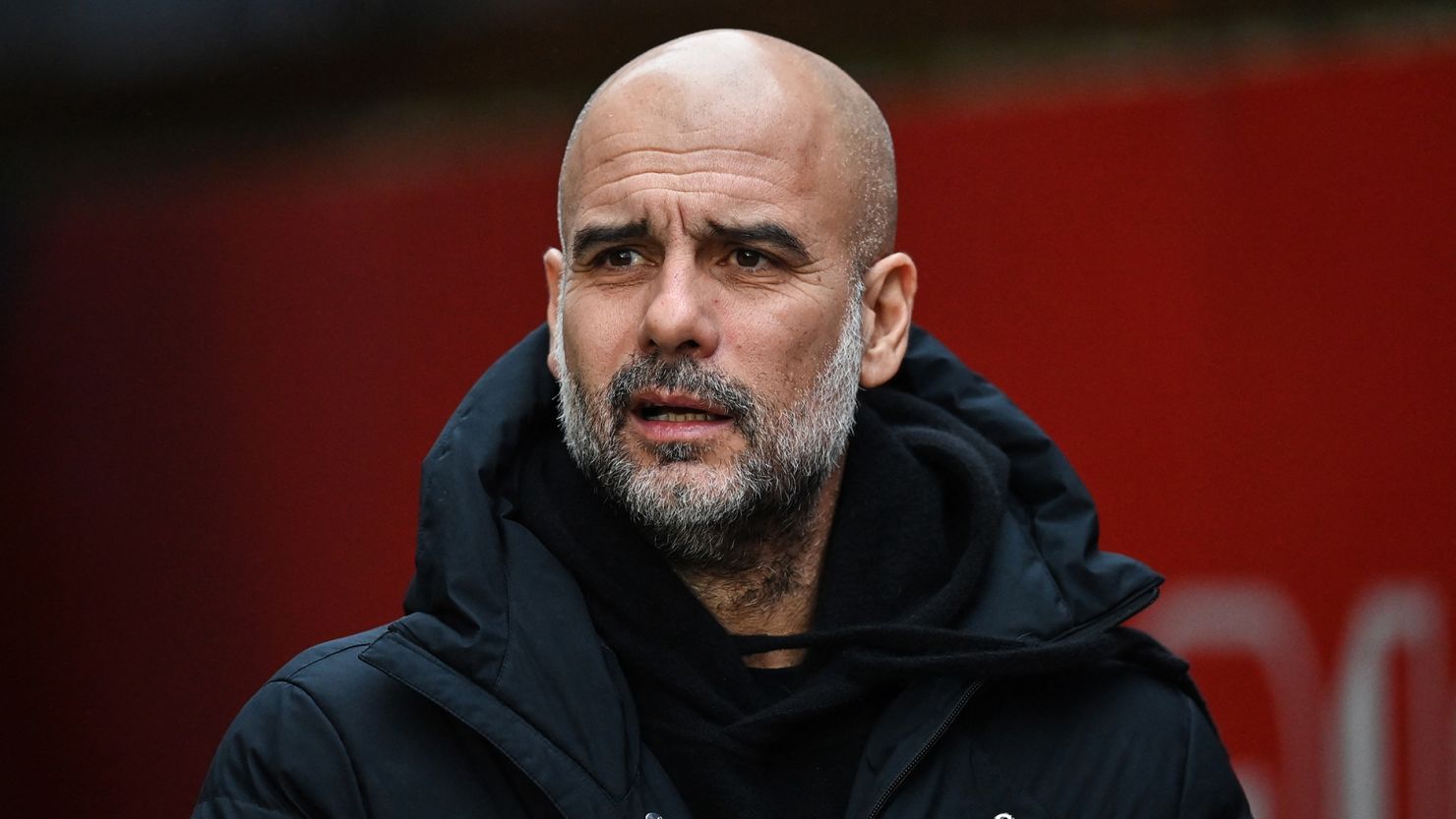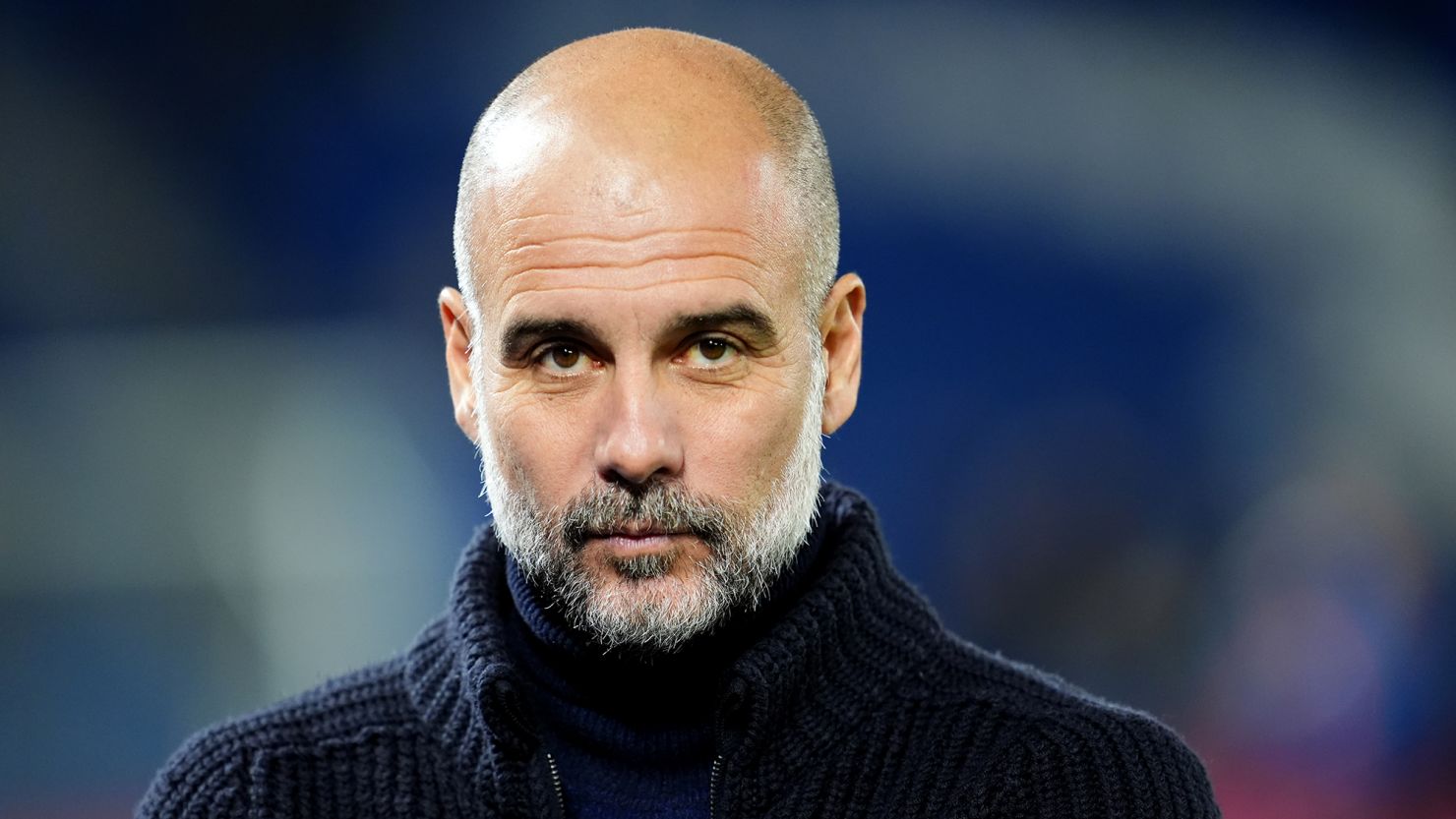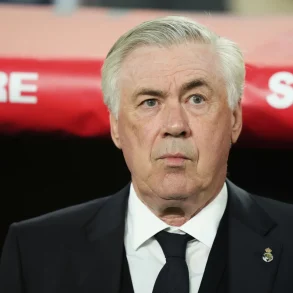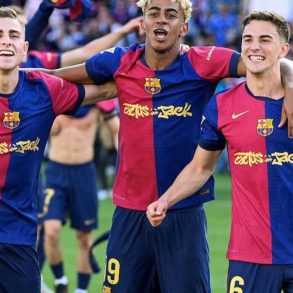Pep Guardiola’s tactical innovations have redefined traditional football positions, making it increasingly difficult to pinpoint where players truly belong. Julián Álvarez, a prime example, is officially listed as a center-forward, second striker, and right-winger. However, under Guardiola, he plays wherever he can be most effective. This shift reflects a broader trend in modern football, where players no longer adhere to fixed roles but instead operate within a fluid system that maximizes their impact on the game.
Guardiola’s Tactical Revolution Shaping Modern Football Through Positional Versatility and Adaptability
Guardiola’s coaching career, spanning Barcelona, Bayern Munich, and Manchester City, has been marked by his ability to redefine player roles. His tactical philosophy demands versatility, as seen with Bernardo Silva morphing into a left-back, John Stones transforming into a central midfielder, and Matheus Nunes potentially playing as a full-back. This flexibility has influenced other managers, such as Mikel Arteta, Roberto De Zerbi, and Ange Postecoglou, who prioritize adaptable players for their evolving tactical setups.

Despite the apparent freedom given to players, Guardiola employs a meticulously structured system known as “positional play.” In this setup, the pitch is divided into zones, with each player assigned a specific area to maintain numerical superiority. Every movement is interconnected, triggering shifts in teammates’ positioning to disrupt opponents. This system demands intelligent, flexible footballers like Álvarez, who can instinctively find space and link up play seamlessly.
Historically, utility players were seen as stopgaps rather than specialists. However, modern football has flipped this perception. Players like Álvarez, who can perform multiple roles effectively, are now invaluable assets. His transition from a striker to a right-sided No. 8, filling in for Kevin De Bruyne, exemplifies how tactical adaptability enhances a player’s importance. Guardiola’s meticulous approach ensures that every player understands their function within the team’s overall structure.
Guardiola’s Manchester City exemplifies how formations change dynamically. While defending, they employ a 4-4-2 setup, but in possession, they transition into a 2-3-5 to create attacking overloads. This controlled chaos allows players to interchange roles within a defined framework. Tottenham manager Ange Postecoglou describes this approach as structured fluidity—players appear to roam freely, but each movement is calculated to exploit spaces and dismantle defensive setups.

Modern football’s emphasis on tactical intelligence is reinforced by data analytics. Clubs employ analysts to study opponent patterns, helping managers develop strategies that leave minimal room for unpredictability. This methodical approach has led to positionless football, where players operate based on their skill sets rather than rigid positional labels. Guardiola excels at identifying players who can thrive in multiple areas, making his teams unpredictable and difficult to counter.
Football’s current positional fluidity isn’t entirely new. The 2-3-5 formation seen today dates back to the 1890s, while the “Total Football” philosophy of the 1970s emphasized similar positional interchanges. The game has evolved from rigid formations to space-oriented strategies, with players adapting based on match situations. While current trends favor structured positional play, the future may see a resurgence of true free roles, allowing gifted players greater creative license.
Guardiola’s ability to stay ahead of tactical trends has reshaped football’s understanding of positions. As managers continue to refine positional play, the demand for multifunctional players will only grow. However, to counteract the predictability of structured play, the next evolution may prioritize individual brilliance—players who can break patterns and improvise beyond preordained tactics. As football continues to evolve, the balance between structure and freedom will shape the next era of tactical innovation.







